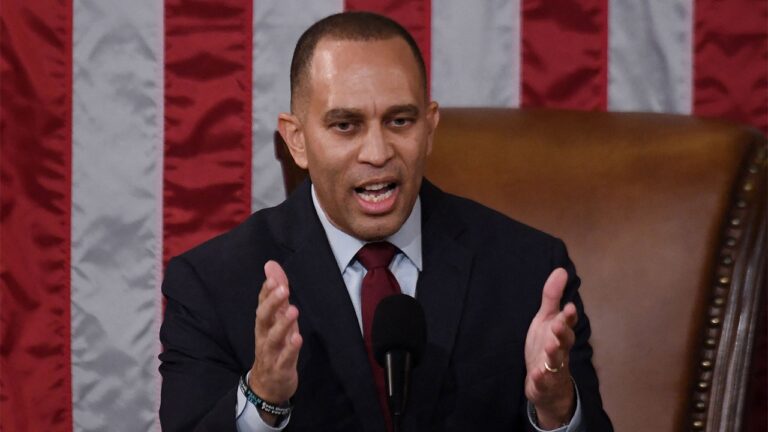Much of the story, it turns out, comes down to a small network of medical providers who found ways to prescribe and ship abortion pills around the country from places where they’re still legal.
That was only possible because of significant action taken by the Food and Drug Administration during the pandemic, which allowed the pills to be dispensed via telemedicine. Then, in the wake of the ruling in Dobbs v. Jackson Women’s Health Organization, eight states passed laws that protected providers from being sued for prescribing abortion pills virtually to people from other states.
“The obstacles are actually lower than before Dobbs,” said Dr. Rebecca Gomperts, the Dutch physician who founded Aid Access, an organization that mails abortion medications to individuals who request them. “For people that didn’t have the financial resources or the infrastructure, the logistical structures in place to go to a clinic … I think the landscape now is much better.”
Outrage over the Dobbs decision also spurred a wave of donations and educational campaigns that helped expand access to in-person abortions at clinics. Funds that provide financial support to people seeking to end their pregnancies used that money to help discount or cover the cost of abortions, including travel and lodging for those who crossed state lines. Abortion providers, meanwhile, got an influx of funding that enabled them to set up new clinics and extend hours in states where abortion is still legal.
“It was kind of all hands on deck after Dobbs to get people the information and access to make sure that these abortion bans were not going to stop people from being able to access care,” said Serra Sippel, executive director of The Brigid Alliance, a service that provides abortion seekers with support for travel, food, lodging and child care.
Donald Trump’s election victory, however, could change that new status quo. Abortion pills are a target for anti-abortion activists, who hope the incoming administration might revoke provisions that allow the medications to be prescribed via telehealth and mailed nationwide.
When asked about that possibility, Karoline Leavitt, a Trump-Vance transition spokeswoman, told NBC News that “President Trump has long been consistent in supporting the rights of states to make decisions on abortion.”
Still, advocates on both sides of the issue said they are gearing up for a fight.
“We were under no illusions that Dobbs was going to solve the problem,” said Randall O’Bannon, director of education and research for National Right to Life, an organization that opposes abortion. “The work is still very much going to need to be done, and we don’t expect that the other side is going to give up or quit trying.”
How pills preserved abortion access
Raised in a harbor town in the Netherlands, Gomperts has dedicated her life to preserving abortion access. Over coffee during a visit to New York City, she spoke about the subject with a clinical sensibility — perhaps because of her background as a physician, perhaps because of how often she has to assert her viewpoint.
In 1999, Gomperts founded an organization that transported women from places with restrictions to a ship in international waters to obtain abortions. She launched a global telemedicine abortion service six years later, then in 2018 started Aid Access, which is headquartered in Austria.
“We know that people are scared,” Gomperts said. “Because of all the misinformation out there, they think that they’re breaking the law, which they’re not. It’s legal for women to do their own abortions.”

To obtain pills via Aid Access, people fill out a questionnaire, sign a consent form, email an image of their ID and pay $150 — though the bill is adjusted on a sliding scale. The pills usually arrive within five days of being prescribed.
Since the Dobbs decision, Gomperts said, Aid Access has seen a tenfold increase in demand.
The group’s operating model relies on several FDA policies. In 2016, the agency enabled mifepristone — one of the two pills used in medication abortions — to be used up to 10 weeks’ gestation instead of seven. Three years later, it approved a generic form, which increased supply.
Then came the biggest change: In 2021, the FDA eliminated the requirement to dispense mifepristone in person.
By last year, medication abortions accounted for 63% of abortions nationwide, up from 53% in 2020, according to the Guttmacher Institute. The institute does not disclose which providers are represented in its estimate, but some medication abortions are left out, including in states with bans, so the numbers are likely an undercount.













